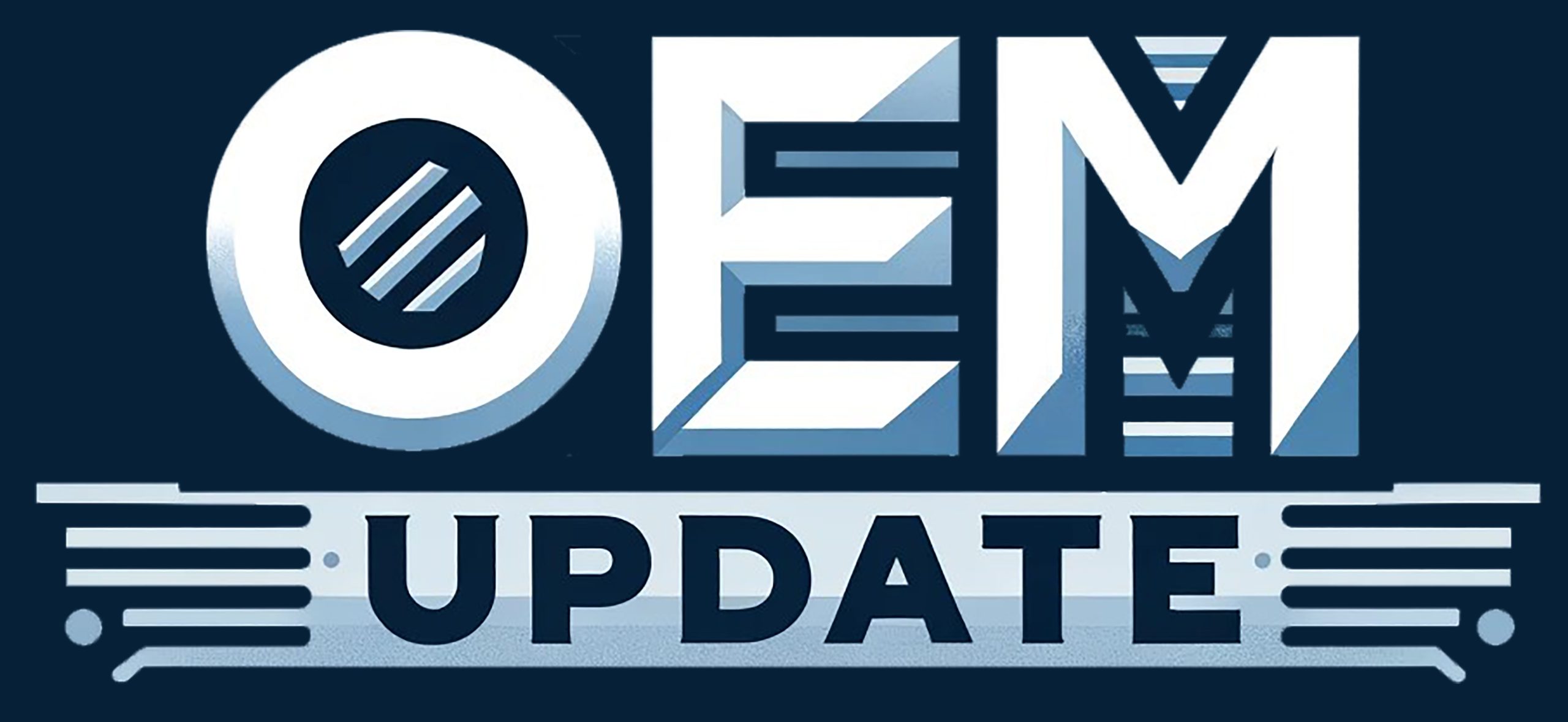Why outsourcing remains the cornerstone of resilient supply chains
By Staff Report July 14, 2025 3:10 pm IST
Global supply chains are undergoing a major transformation from efficiency-focused to resilience-driven models. In this, Siva Balakrishnan, CEO & Founder of Vserve, explains how outsourcing remains central to navigating disruptions, leveraging digital tools, and meeting regional compliance challenges while maintaining agility and scalability.
How have supply chain disruptions (pandemic, semiconductor shortages, logistics crises) changed supply chain strategies around the world? Does it vary with changing geography?
Supply chain disruptions, including the pandemic, semiconductor shortages, and logistics crises like the Suez Canal blockage, have shifted strategies from efficiency to resilience. Companies now diversify suppliers, build inventory buffers, and adopt multi-sourcing to reduce disruption losses. Outsourcing logistics and procurement enhances flexibility, enabling rapid adaptation to crises. Digital tools, like real-time tracking and predictive analytics, boost agility. Strategies vary by region: Asia invests in digital logistics and local semiconductor supply chains; Europe prioritises sustainable, circular supply chains to meet EU standards; North America focuses on automation and data-driven tools to address volatility. Nearshoring is explored, but outsourcing remains key for scalable, cost-effective resilience.
How significant are the trends of nearshoring and reshoring in reducing supply chain risks?
The trend of nearshoring and reshoring helps reduce supply chain risks, but outsourcing is the cornerstone of resilience. Outsourcing logistics, procurement, and compliance offers flexibility and expertise, cutting disruption risks by 25–35% through rapid adaptation to crises like pandemics or geopolitical shifts. Nearshoring, such as operations in Mexico or Eastern Europe, reduces lead times by up to 40% and simplifies regulations, enhancing agility. Reshoring critical manufacturing, like semiconductors, provides control and reduces geopolitical risks by 20–30%. While nearshoring and reshoring add value, outsourcing’s scalability and cost-effectiveness make it essential for building agile, resilient supply chains across diverse global markets.
Smart warehouses, real-time logistics, and AI-based planning are now necessities. AI predicts demand with 90% accuracy, optimises routes, and automates inventory, while IoT-enabled warehouses enhance efficiency. Real-time logistics provides transparency, enabling instant responses to disruptions. These technologies are the backbone of competitive supply chains, ensuring precision and speed. For you, they mean optimised operations and a competitive edge in a complex global market.
What role do data and automation play in forecasting demand, avoiding bottlenecks, and ensuring just-in-time delivery?
Data and automation are pivotal for forecasting, bottleneck prevention, and just-in-time delivery. Predictive analytics, powered by machine learning, forecasts demand accurately, while automation streamlines workflows, reducing bottlenecks by 25%. incorporates real-time information from markets, logistics, and suppliers to guarantee smooth coordination. This makes it possible to manage inventories precisely and deliver goods on time while minimising waste. For you, this translates to fewer stockouts, happier customers, and cost-efficient operations driven by data-driven automation.
What are the biggest challenges in aligning global standards with local regulations across fragmented supply networks?
Aligning global standards with local regulations is a tightrope walk in today’s fragmented supply networks. Regulatory fragmentation—varying data privacy laws, environmental directives, and customs protocols—makes a one-size-fits-all approach nearly impossible. Real-time compliance management is tough without automation, risking costly delays. Geopolitical tensions and pandemics further expose these cracks, demanding rapid shifts in sourcing and logistics. While nearshoring reduces lead times, it often brings higher costs and new compliance burdens. Outsourcing, however, remains a smart play, allowing businesses to tap into established, compliant infrastructures, leverage real-time regulatory updates, and optimise operations without the overhead of managing diverse regulatory landscapes in-house.
Cookie Consent
We use cookies to personalize your experience. By continuing to visit this website you agree to our Terms & Conditions, Privacy Policy and Cookie Policy.



















